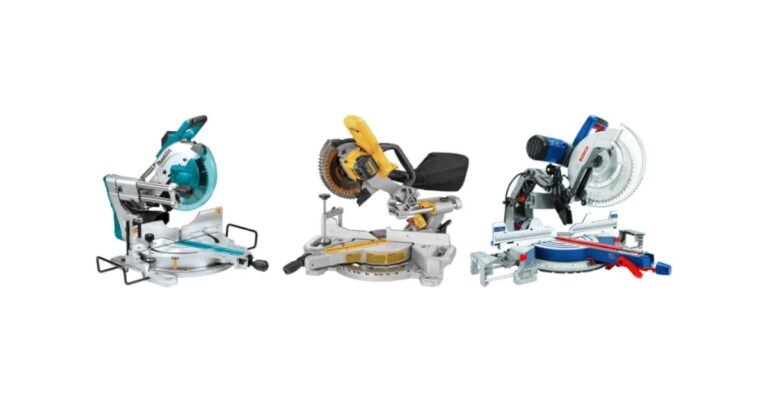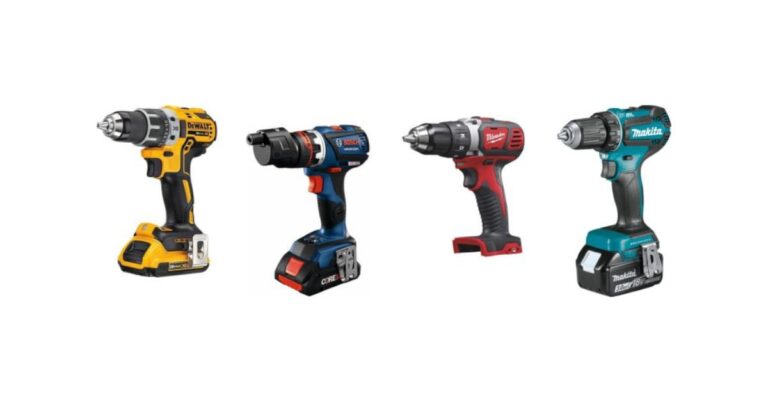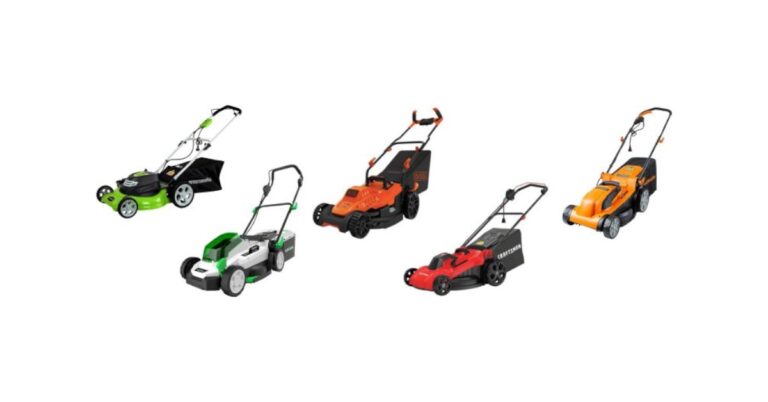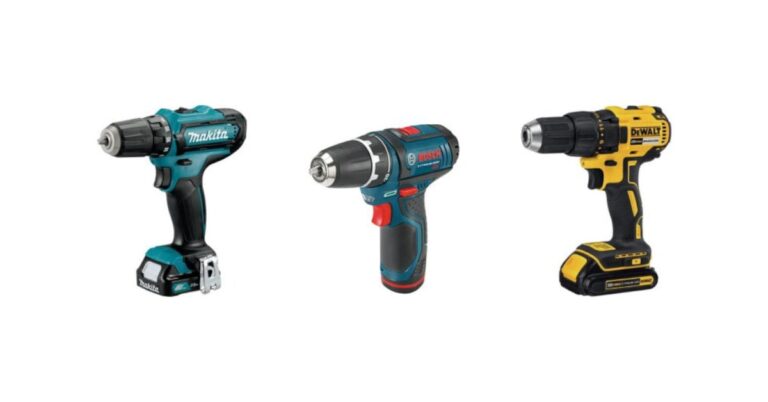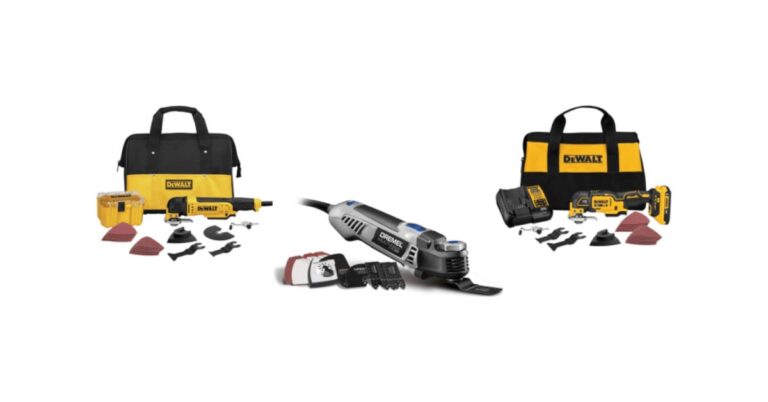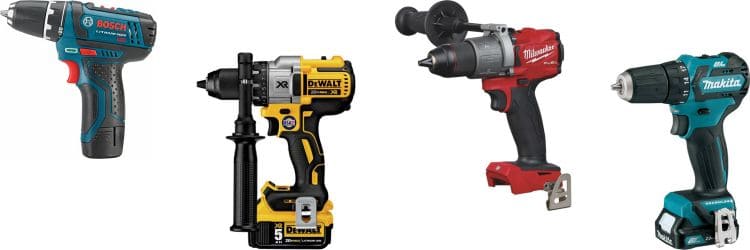What Type of Saw Do I Need?
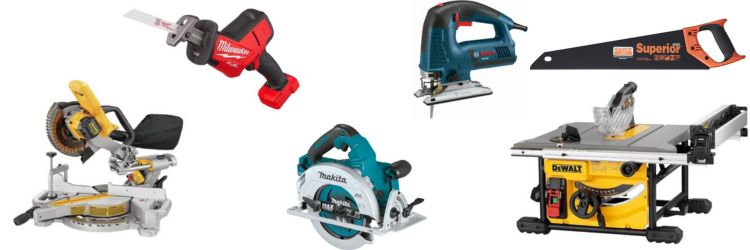
In the vast world of woodworking and construction, the importance of selecting the right saw cannot be overstated. Whether you’re a seasoned professional or a DIY enthusiast, having the appropriate tool for the job is essential for both efficiency and safety.
With numerous saw options available on the market, it can be overwhelming to determine which one best suits your needs.
In this comprehensive guide, we’ll walk you through the factors to consider when choosing a saw, explore the different types of saws available, compare popular brands and provide additional tips to help you make an informed decision.
Factors to Consider
Project Type
Before diving into the world of saws, it’s crucial to assess the nature of your project. Are you working with wood, metal, masonry or another material? Consider the type of cuts you’ll need to make straight, curved or angled. Different saws are designed for specific purposes, so matching the saw to the project is key to achieving optimal results.
Material Thickness
Another important factor to consider is the thickness of the material you’ll be cutting. Each saw has a designated cutting depth capacity, which dictates its ability to handle various thicknesses. Be sure to choose a saw with a cutting depth that accommodates your material.
Power Source
Saws are available in electric, cordless and manual (hand) varieties, each with its own set of advantages and limitations. Electric saws offer convenience and consistent power output, making them ideal for heavy duty tasks. Cordless saws provide the flexibility to work in remote locations without the constraints of a power cord. Hand saws, while requiring manual effort, offer portability and precision for smaller projects.
Budget
Your budget will also play a significant role in determining the type of saw you can afford. Prices can vary widely depending on the brand, features and quality of the saw. It’s essential to establish a budget range and explore options within that range to find the best value for your money.
Experience Level
Consider your level of experience when selecting a saw. Beginner friendly features such as easy to use controls, safety mechanisms and ergonomic designs can help minimize the learning curve and enhance your overall experience. Conversely, more advanced saws may offer additional features and capabilities that seasoned professionals may appreciate.
Types of Saws
Now let’s explore some of the most common types of saws and their respective applications:
| Type of Saw | Description | Recommended Model |
|---|---|---|
| Hand Saw | Manual saws operated by hand. | BAHCO Hand Saw 2600-22-XT-HP |
| Jigsaw | Versatile for curved cuts. | DeWalt DCS331B Jigsaw |
| Circular Saw | Ideal for straight cuts. | Makita 5007Mg Magnesium |
| Miter Saw | Precision angled cuts. | BOSCH GCM12SD Miter Saw |
| Table Saw | Stationary option for accurate cuts. | DeWalt DWE7485 Table Saw |
| Reciprocating Saw | Rough cuts and demolition. | DeWalt DCS380 Reciprocating Saw |
Hand Saw
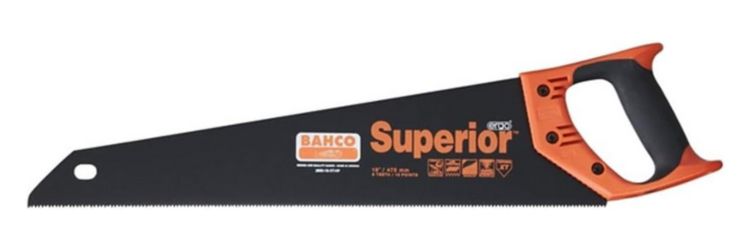
Hand saws are the most basic type of saw, requiring manual operation. They are versatile and suitable for various cutting tasks, making them essential tools for any workshop or toolbox.
Jigsaw
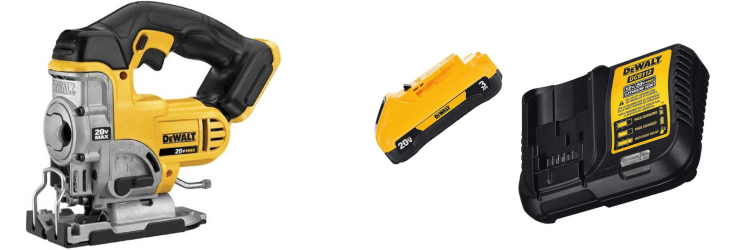
Jigsaws are renowned for their versatility, making them indispensable for cutting curves, intricate patterns and irregular shapes. The DeWalt DCS331B Jigsaw is a popular choice among professionals and hobbyists alike, thanks to its robust performance and ergonomic design.
Circular Saw
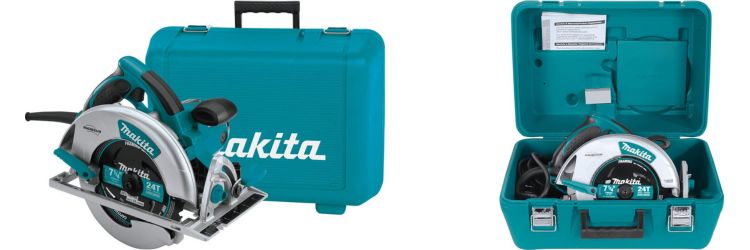
Circular saws are powerhouse tools designed for making straight cuts in wood, metal, or plastic. The Makita 5007Mg Magnesium Circular Saw stands out for its cutting precision, durability and ergonomic features, making it a favorite among contractors and DIYers.
Miter Saw
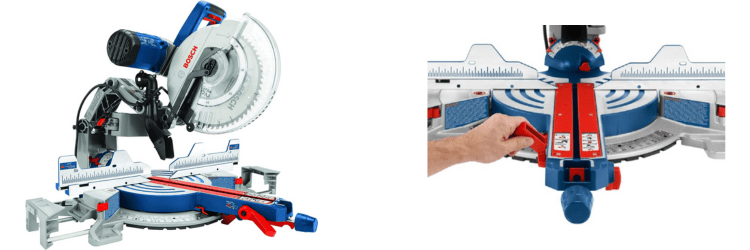
Miter saws are specifically designed for making precise angled cuts, commonly used in woodworking, framing and trim work. The BOSCH GCM12SD Miter Saw is revered for its exceptional accuracy, smooth operation and innovative features, such as its dual bevel capability and compact sliding design.
Table Saw
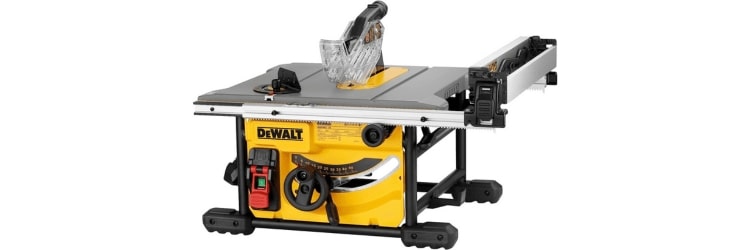
Table saws are stationary power tools equipped with a flat surface and a rotating blade, ideal for making accurate rip and crosscuts in large sheets of material. The DeWalt DWE7485 Table Saw is praised for its compact size, powerful motor and advanced safety features, making it a top choice for professional woodworkers and contractors.
Reciprocating Saw
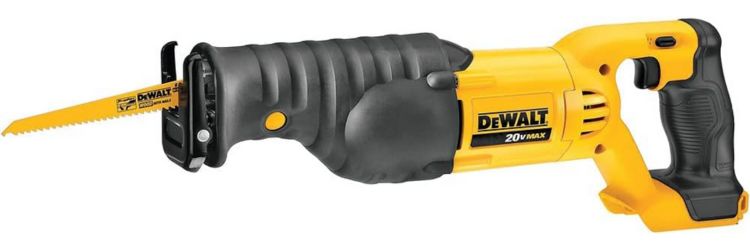
Reciprocating saws are designed for rough cutting tasks, such as demolition, pruning and cutting through various materials like wood, metal and plastic. The DeWalt DCS380 Reciprocating Saw is lauded for its robust performance, ergonomic design and versatility, making it a valuable addition to any tool collection.
Brand Comparison
When it comes to choosing a saw, selecting the right brand is equally important. Let’s compare some of the leading brands in the industry: DeWalt, BOSCH and Makita, based on various criteria:
| Brand | Price Range | Popular Models | Unique Features/Strengths | Warranty & Customer Service |
|---|---|---|---|---|
| DeWalt | Mid to High | DCS331 Jigsaw, DWE7485 Table Saw, DCS380 Reciprocating Saw | Robust performance, durability | Limited warranty, responsive customer service |
| BOSCH | Mid to High | GCM12SD Miter Saw | Accuracy, innovative features | Limited warranty, reliable customer service |
| Makita | Mid to High | 5007Mg Magnesium Circular Saw | Cutting precision, durability | Limited warranty, reputable customer service |
Additional Info
- Blade Selection: Choose the appropriate blade based on the material and type of cut you’re making. Different blades are designed for cutting wood, metal, plastic and other materials, so be sure to select the right one for your project.
- Safety Precautions: Always prioritize safety when using saws. Wear appropriate safety gear, such as goggles, gloves and hearing protection and familiarize yourself with the tool’s safety features and operation manual before use.
Conclusion
Selecting the right saw for your project is essential for achieving optimal results efficiently and safely. By considering factors such as project type, material thickness, power source, budget and experience level, you can narrow down your options and choose the saw that best fits your needs.
Whether you opt for a hand saw, jigsaw, circular saw, miter saw, table saw or reciprocating saw, prioritize quality, performance and safety to ensure successful outcomes. Remember to do your research, explore different brands and models and invest in a saw that will serve you well for years to come. Happy sawing!

